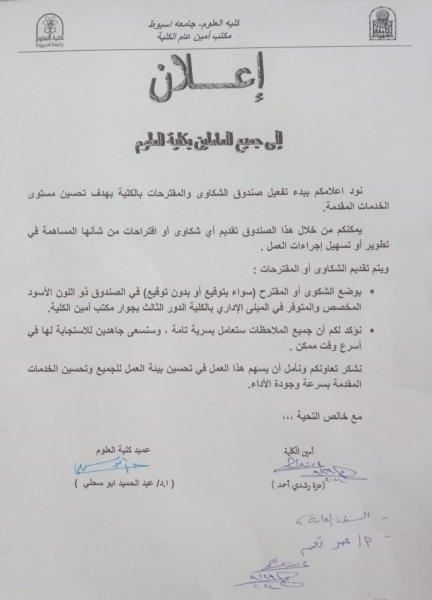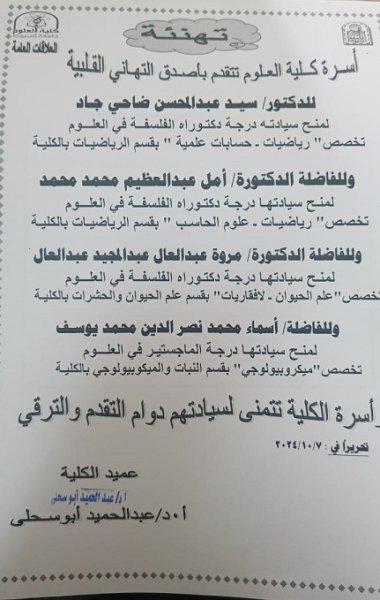Research Abstract
Sex pheromones play a crucial role in species recognition and reproductive isolation. Despite being largely species-specific in drosophilids, the mechanisms underlying pheromone detection, production, and their influence on mating behavior remain poorly understood. Here, we compare the chemical profiles of Drosophila bipectinata and D. melanogaster, the mating behaviors in both species, as well as the tuning properties of Or67d receptors, which are expressed by neurons in antennal trichoid sensilla at1. Through single sensillum recordings, we demonstrate that the D. bipectinata Or67d-ortholog exhibits similar sensitivity to cis-vaccenyl acetate (cVA) as compared to D. melanogaster but in addition also responds uniquely to (Z)-11-eicosen-1-yl-acetate (Z11-20:Ac), a compound exclusively produced by D. bipectinata males. Through courtship behavior assays we found that, surprisingly, perfuming the flies with Z11-20:Ac did not reveal any aphrodisiacal or anti-aphrodisiacal effects in mating assays. The behavioral relevance of at1 neuron channels in D. bipectinata compared to D. melanogaster seems to be restricted to its formerly shown function as an aggregation pheromone. Moreover, the non-specific compound cVA affected copulation negatively in D. bipectinata and could potentially act as a premating isolation barrier. As both ligands of Or67d seem to govern different behaviors in D. bipectinata, additional neurons detecting at least one of those compounds might be involved. These results underscore the complexity of chemical signaling in species recognition and raise intriguing questions about the evolutionary implications of pheromone detection pathways in Drosophila species.
Research Authors
Melissa Díaz-Morales, Mohammed A. Khallaf, Regina Stieber, Ibrahim Alali, Bill S. Hansson & Markus Knaden












